
What is Email Marketing?

Email marketing is an effective marketing channel that uses email to advertise your company’s goods or services. Email marketing is a type of direct marketing as well as digital marketing. Incorporating it into your marketing automation initiatives can assist in informing your clients about your most recent products or offers. Through various marketing emails, it can also be essential in your overall marketing strategy for lead generation, brand awareness, relationship building, and consumer engagement in between transactions.The aims of these messages can include, but are not limited to:
- Encouraging a purchase
- Increasing brand awareness
- Enhancing customer loyalty.
A company may maintain contact with its clients quite easily using email marketing.
Any marketing strategy must include email marketing. Email is used by more individuals than ever, despite the fact that it could appear a little dated and obvious. Additionally, people frequently check their inbox throughout the day due to smartphones and current technologies. 44% of Americans and Canadians check their emails once to three times every day, according to Magnetic. This means that different people will get the chance to see your email campaign.
Email marketing is an effective marketing channel that uses email for advertising your company’s goods or services. Email marketing is a type of direct marketing as well as digital marketing. Incorporating it into your marketing automation initiatives can assist in informing your clients about your most recent products or offers. Through various marketing emails, it can also be essential in your overall marketing strategy for lead generation, brand awareness, relationship building, and consumer engagement in between transactions.
Do you understand why ignoring email marketing would be letting money slide through your fingers? When email marketing is done well, you may increase client loyalty while raising brand awareness and expanding your consumer base. That is nothing to belittle. But how do you keep ending up at the bottom of a potential lead’s spam folder as just another tedious and unpleasant email?
Continue reading to learn the fundamentals of email marketing and how to use efficient email campaigns to turn leads into customers.
Creating an email list
Even though you may have the best marketing campaign concept ever, it is useless if you don’t have a reliable email list to distribute it. The idea of gradually growing an email list over time could be intimidating. Why not just purchase one and be done with it?
You might have run across retailers selling email address databases to outside parties throughout your study. It seems to sense that acquiring a ready-made email list would be enticing for someone just starting. However, doing so is unwise for the following reasons:
- Owners of these addresses did not choose to be on your list. Thus your emails will be unwelcome, obnoxious, and uninvited.
- The list is probably low quality, with inaccurate information and outdated email addresses.
- Both your business and identity will suffer as a result. Your emails will eventually be considered spam if your ISP notices that they are frequently routed to the spam folder.
These lists probably weren’t compiled using the most ethical practices, either. Email harvesting was used to build a large number of them. When bots and low-paid workers comb the internet for email addresses, this process is known as email harvesting.
Lead Magnets
A lead magnet is a crucial component of effective email marketing. When you provide a person with something in exchange for their membership, that is known as a lead magnet. It’s generally reasonable to consider your marketing strategy and make it pertinent. You don’t need to provide anything more than a straightforward sign-up form. But frequently, a lead is more inclined to subscribe if your opt-in offer is more alluring. You could do various things, such as provide a free sample, a discount, or even just a newsletter.
Whatever it is, you need a compelling CTA to persuade this person that it’s important enough to be on your list. There’s a good chance that this prospective subscriber is already receiving a tonne of other emails. What will make yours unique? Here, effective copywriting will be important.
Here are a few typical lead magnets that websites employ to entice visitors to join mailing lists:
- Discounts, discounts, and exclusive deals
- Free whitepaper or e-book
- A cheat sheet of insider information
- Notifications of promotions or price reductions
- A no-cost webinar
- A trial offer for newsletters
- Exclusive material for subscribers
- Subscription to a blog
- And countless others.
If you get creative, there are probably many things you can offer a subscriber, depending on what your small business website offers. Consider carefully what makes you unique and how you may provide new subscribers with this in exchange for their loyalty.
Email marketing types:
Email marketing comes in a wide range of varieties. Each has a different function and employs a different strategy to interact with your audience. We’ll examine a few of the various varieties so you can design the most effective email marketing plan for your business.
Welcome emails:
This email style extends a warm welcome to clients and invites them to learn more about your offering. They frequently provide a trial or another perk. It serves to acquaint a prospective client with the company.
Newsletter Email:
Email newsletters are quite popular, and they frequently feature new goods and services. They could also consist of articles, blogs, and client testimonials. Normally, there will be a call to action to encourage the reader to take action, such as reading a recent blog post or investigating a recent product.
Lead Nurturing Email:
Through a series of emails, this sort of email targets a specific audience to eventually convert them. Lead nurturing emails typically target a group interested in a particular good or service and increase their interest through subsequent emails that provide more information or appropriate incentives. The objective is to move users from the consideration stage to the purchasing stage.
Confirmations Emails:
A confirmation email could be sent to people who have just joined up for emails or newsletters or made their first purchase online. By doing this, you can be sure that the prospect has received the information and is on the list to receive more. These can feature additional steps for consumers and are also a technique to inform users that their sign-up or purchase has been successful.
Dedicated Emails:
A dedicated email is what you send when you want to communicate with a specific segment of your email list. Recent purchases, inactive clients, new members, and other specific types of criteria might be used to compile its list.
Invite Emails:
These emails frequently provide information about future conferences, new product launches, and seminars. Businesses typically use these emails to draw attention to and raise awareness of exceptional events when they occur.
Promotional Emails:
These marketing emails are prevalent, frequently generic, and sent to a broad audience. They frequently keep people informed and may even tease new goods and services.
Survey Emails:
One of the best tools for a business is consumer feedback. By sending out these emails, you are showing your customers that you value their feedback and are working to develop experiences, products, or other offerings they will enjoy. Businesses can also use the suggestions from these surveys to improve their offers, hopefully, a better final result.
Seasonal Marketing Emails:
Many businesses use the holiday season and other special occasions to remind their clients and potential clients about impending deals and promotions. They frequently coincide with Mother’s Day, Father’s Day, Valentine’s Day, and Christmas.











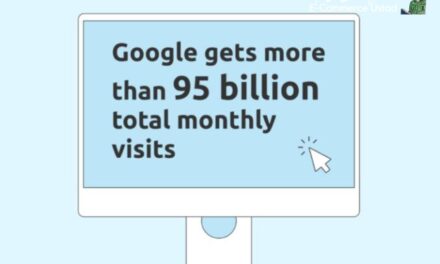

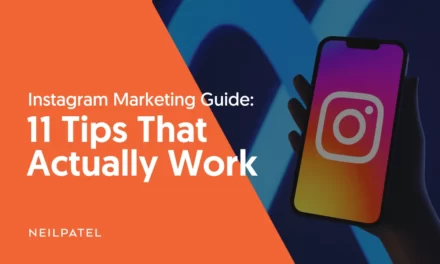



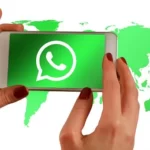
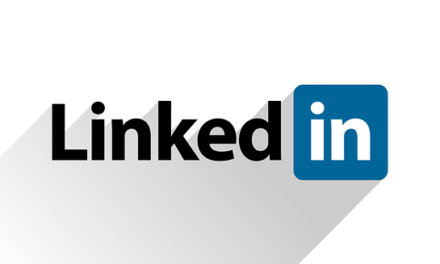




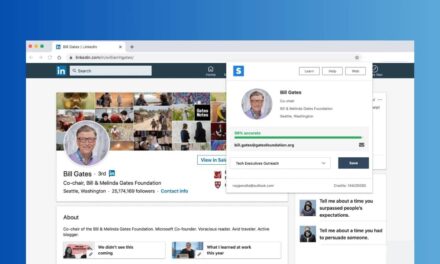

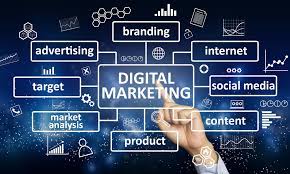
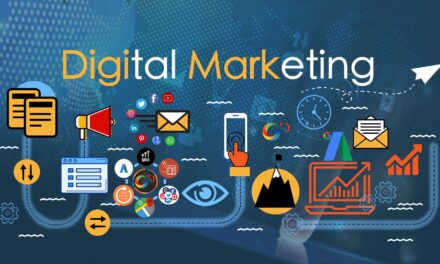



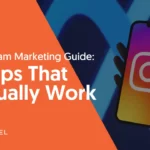

Recent Comments